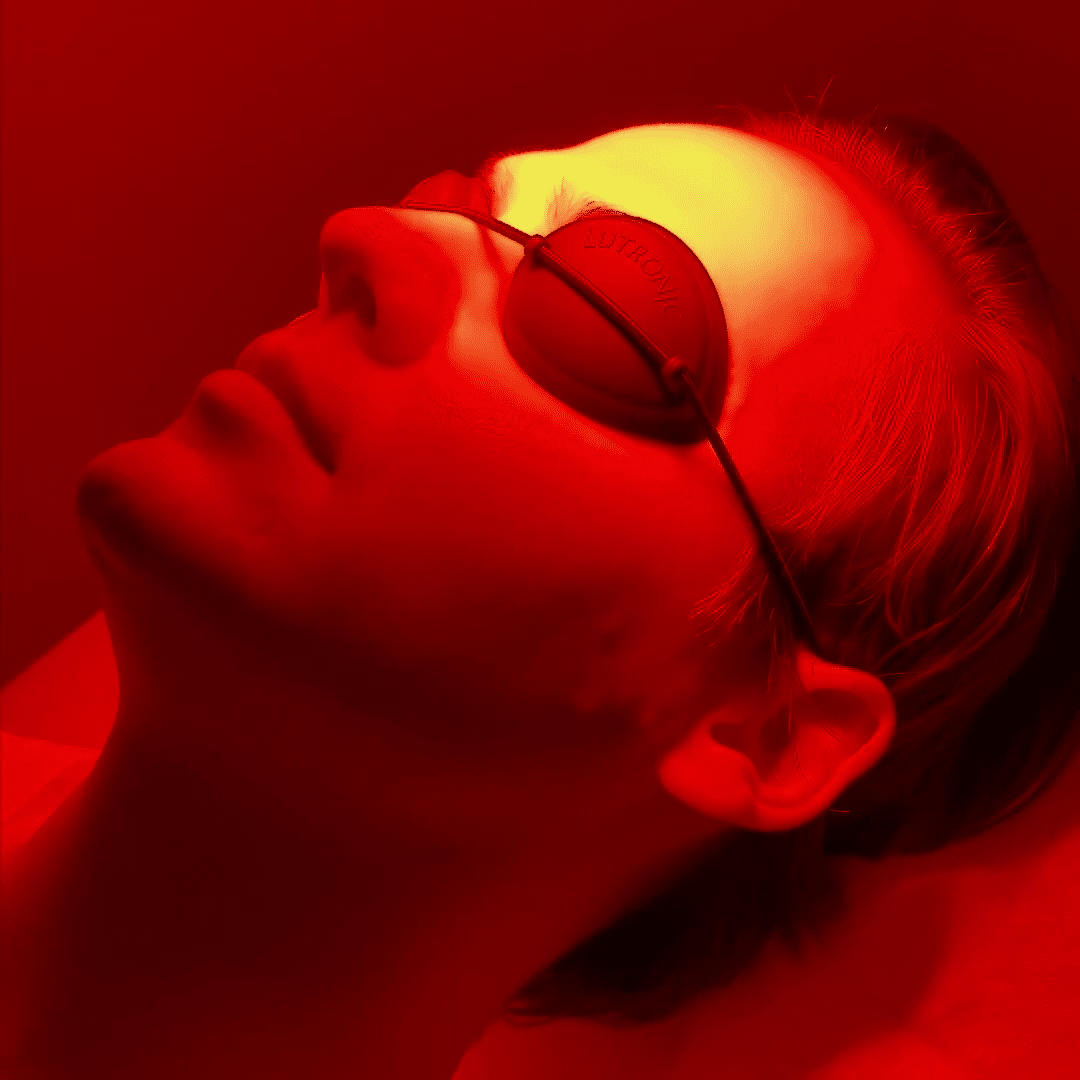Actinic keratosis (precursor of skin cancer) can be treated with photodynamic therapy (PDT) in addition to the classic treatment options - such as surgical removal or the use of cryotherapy. Here, the affected area is creamed with a photosensitizing substance and then illuminated with a special light (633 nm), which destroys the tumor cells, which are then rejected. In order to boost the effect of the photosensitizing substance and to increase the receptivity of the skin, we create microscopically small channels in the area to be treated using a fractional CO2 laser.
Actinic keratosis is considered a precursor of squamous cell carcinoma, which is a type of white skin cancer and the second most common type of skin cancer. It often manifests itself only as a "roughness" of the skin, which is why actinic keratosis often remains undetected for years. In more pronounced cases, the affected area is yellow-reddish and slightly scaly, so it is not a conspicuous appearance either. The formation of keratoses often begins after the age of 40, but under certain circumstances it can also start at a younger age. In about 10% of cases, the precancerous lesion can develop into a malignant skin cancer, for which surgery may be necessary to remove it.
The main cause of actinic keratosis formation is UV radiation. Thus, parts of the body such as the face, forearms and hands are more often affected because they are more frequently exposed to unprotected UV radiation from the sun. UV rays damage the skin cells in such a way that the genetic material changes and promotes the development of altered cells. If this process goes unnoticed for years, a thickened horny layer can form and actinic keratosis can develop. Light skin types are significantly more often affected by actinic keratosis than dark skin types, as the risk of sunburn is increased. Therefore, we always recommend the daily use of sunscreen on all unprotected areas of the body! People with a weakened immune system are also more prone to have a strong reaction to sun rays.
Photodynamic therapy (PDT) is recommended as a treatment for actinic keratoses. PDT is a modern, safe and gentle light therapy for the surface treatment of precancerous lesions and certain forms of light skin cancer. Other forms are still surgically removed and histologically examined or treated with cryotherapy. In advanced cases, soft tissue X-ray irradiation may also be performed.
Before the actual photodynamic exposure, a cream containing a photosensitizing substance (methyl aminolevulinic acid - MAL) is applied. All tumor cells, including those invisible to the naked eye, now store this substance in high concentrations, while the healthy cells do not absorb it. During the subsequent exposure (8-15 minutes) to special light (633 nm), the previously labeled cells are destroyed and rejected over the course of the next few days. During irradiation, a burning sensation may occur, which is why we administer a mild painkiller if necessary or cool in addition to the treatment. In our practice, we have developed a special procedure to accelerate the absorption of MAL into the cells and improve tolerance: Before applying the cream, the skin is prepared with a fractional CO2 laser, which creates microscopic channels in the skin.
Also a speciality of our practice is post-treatment with Healite LED (light-emitting diodes) in the first days after exposure. With the wavelength 830 nm the cell functions can be improved by photobiomodulation or photoactivation. We offer this after-treatment once on the 1st day after the treatment as well as the fractional laser preparation as a service of the house without charge!
For more information on actinic keratoses and our services, visit our Website.





